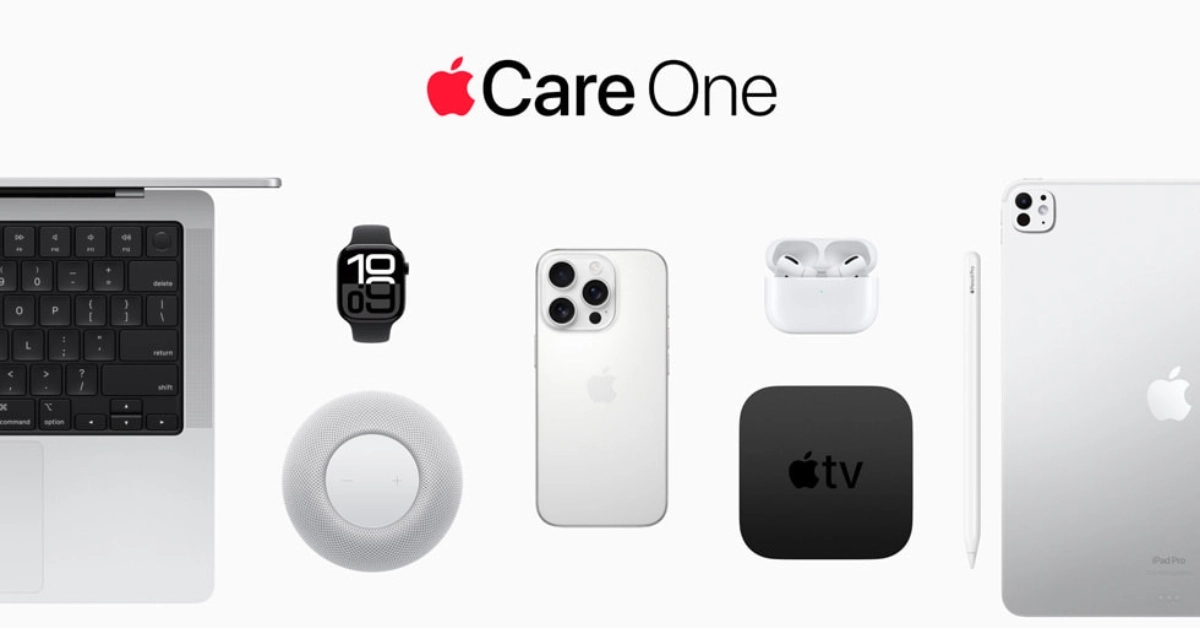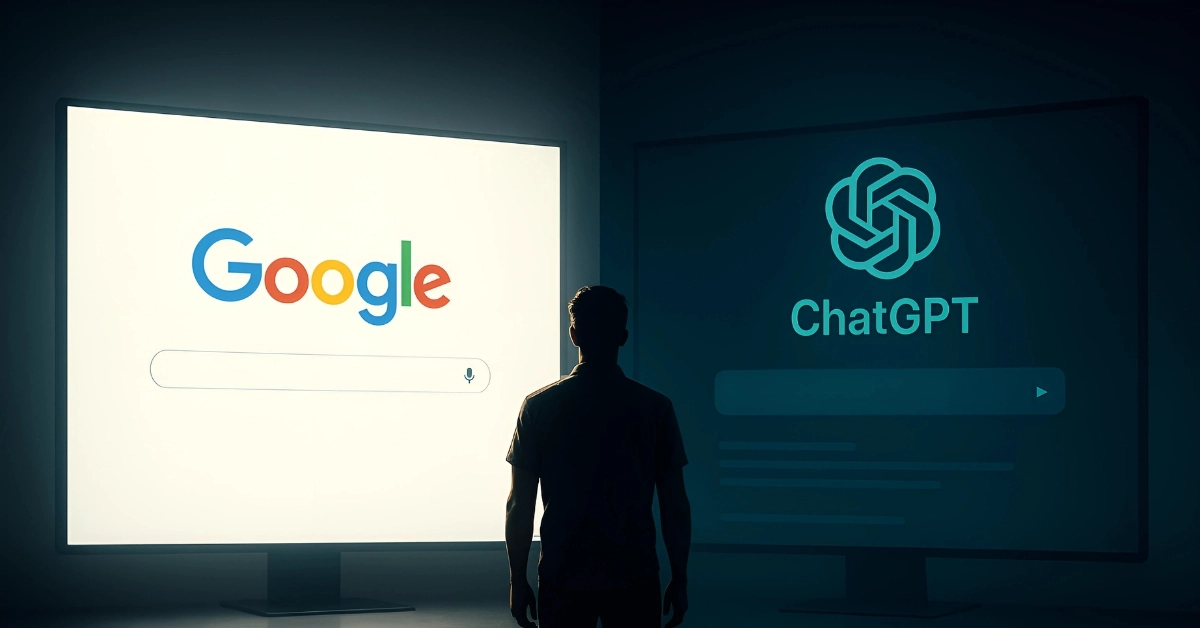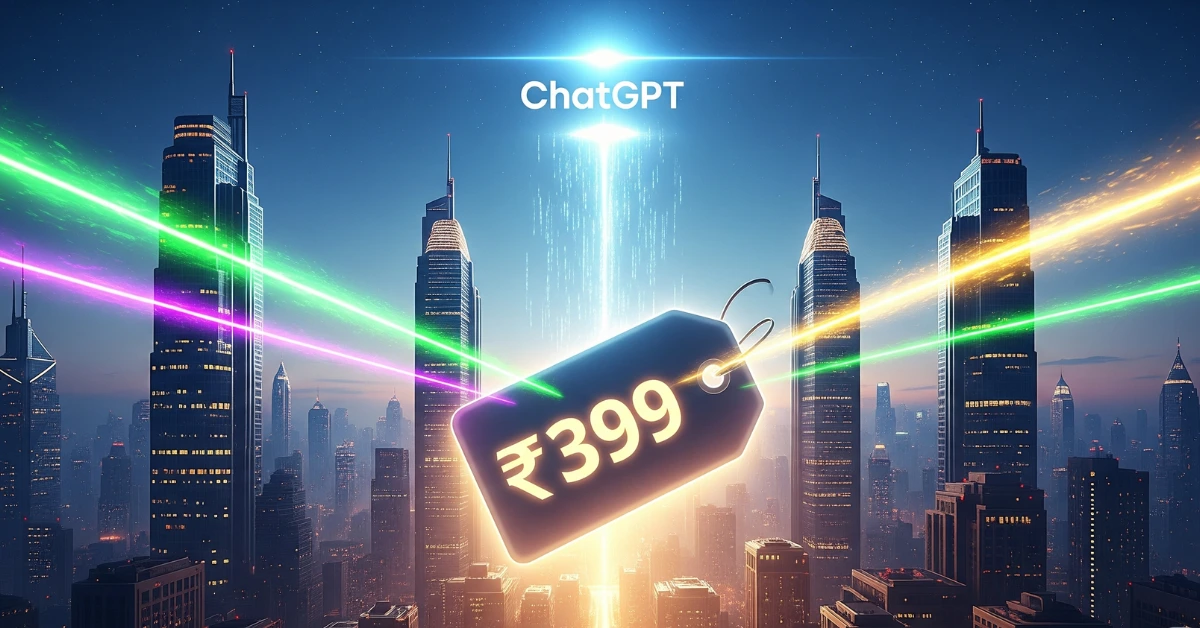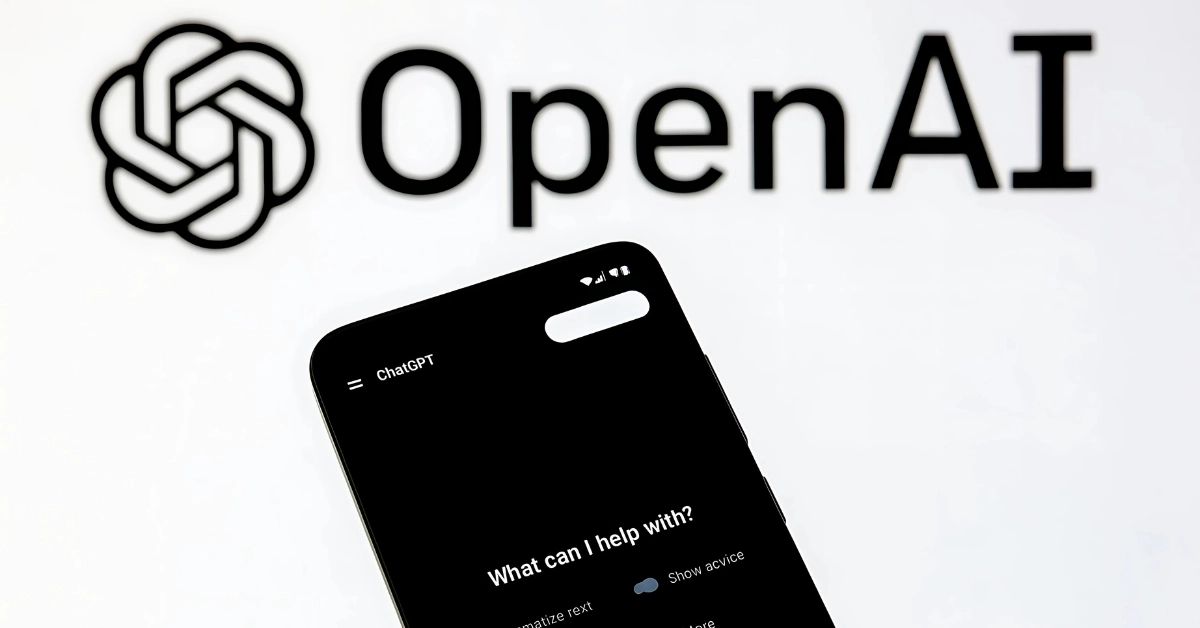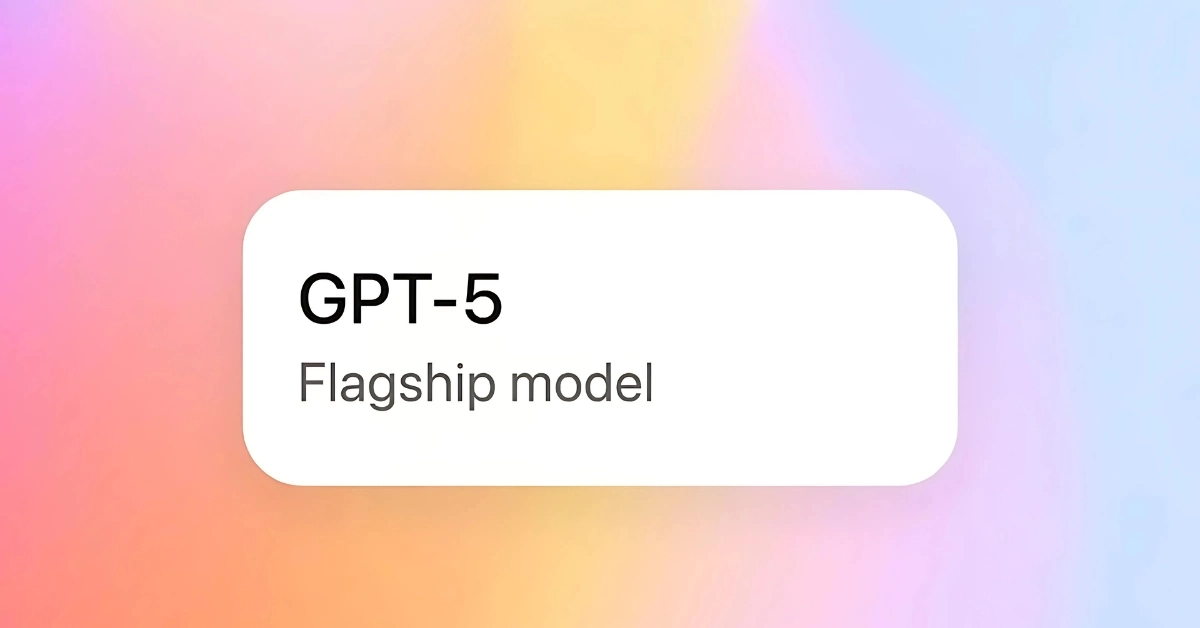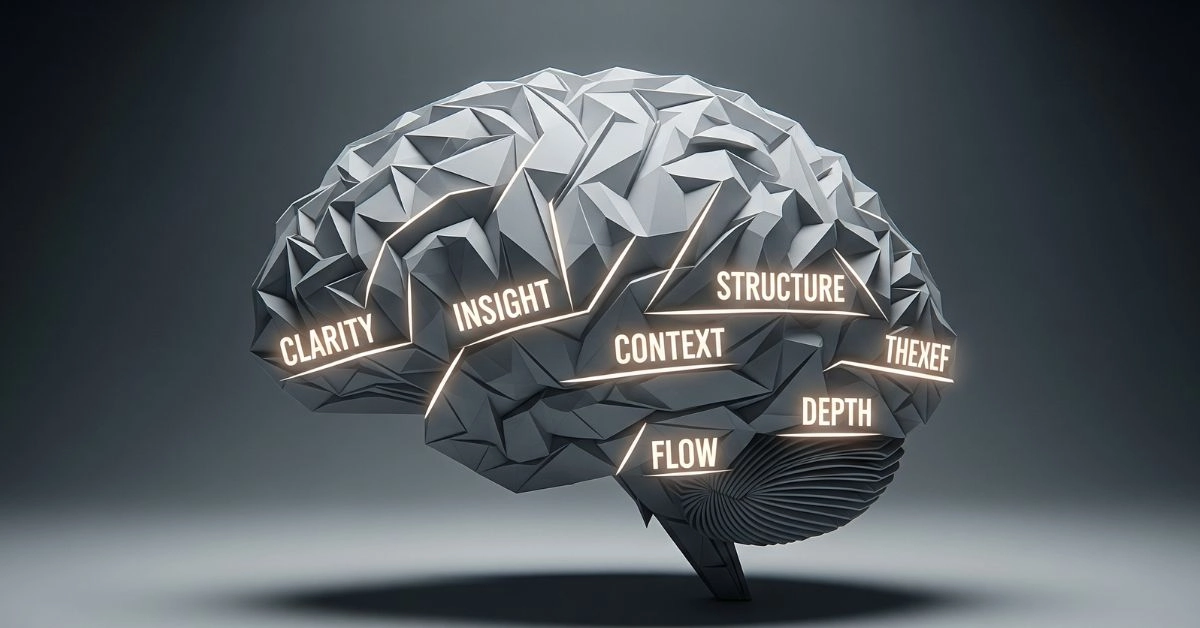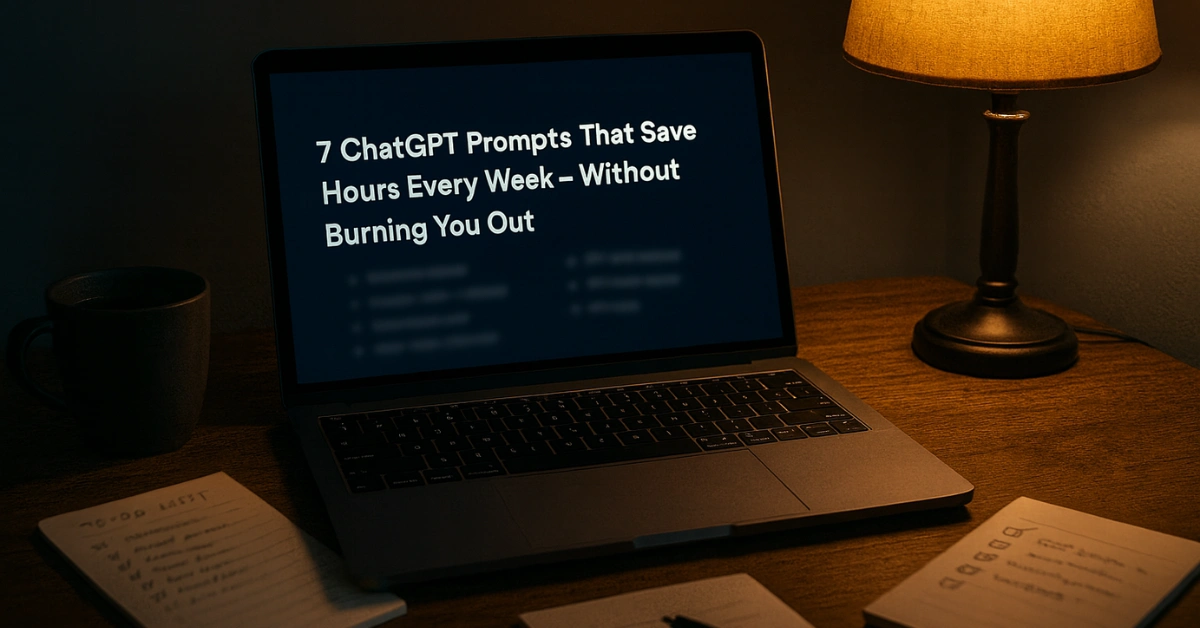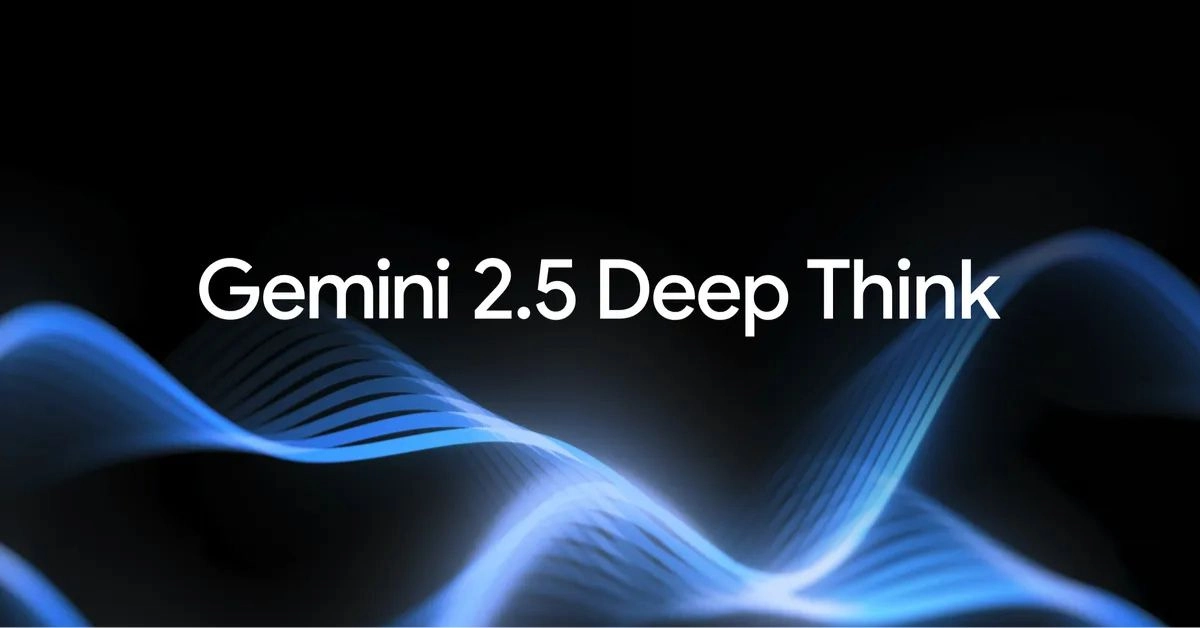Written by Mohit Singhania | Updated: July 21, 2025 | TechMasala.in
AI Images Are Taking Over the Internet, and It’s Getting Out of Hand
Search something as innocent as “baby peacock” and prepare to be bombarded with shiny, surreal images that look more like sci-fi art than real birds. Welcome to the age of AI slop, a growing mess of synthetic visuals flooding the internet and hijacking our search results.
For a while, it felt like there was no way to escape it. From cooking recipes to travel photos, AI-generated images were quietly slipping into everything. The line between what’s real and what’s fake was vanishing, one pixel at a time.
And just when it seemed like every browser was embracing the chaos, one finally said: enough.
DuckDuckGo’s New Button Just Changed the Game
DuckDuckGo, the privacy-first search engine, has quietly dropped a feature that many didn’t even know they needed — a simple way to hide AI-generated images from your search results.
It’s not flashy. It’s not complicated. It’s just a dropdown menu under the Images tab labeled “AI images.” Click it, select Hide, and just like that, the synthetic flood starts to dry up.
This isn’t just about preference. It’s about taking back control of what we see online.
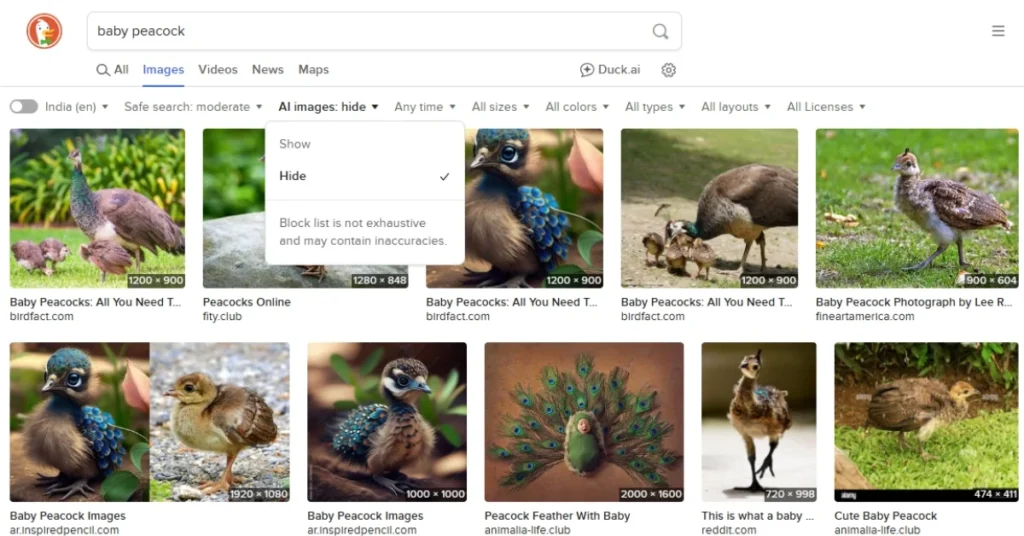
How It Works: Hide AI Slop with a Single Toggle
The filter is powered by community-sourced blocklists, the kind usually used for ad blockers and spam filters. DuckDuckGo is tapping into tools like uBlockOrigin’s nuclear list and the Huge AI Blocklist from uBlacklist.
What happens behind the scenes is simple. When you enable the filter, DuckDuckGo cross-checks image sources and blocks the usual suspects. Sure, it won’t catch every AI-made photo, but it scrubs enough to make a serious difference.
For those who want the setting applied permanently, there’s even a preference toggle. Or you can just start using noai.duckduckgo.com to keep the filter on by default.
The Real Story Behind the Baby Peacock
This whole thing started with a weirdly viral complaint. Users were searching for “baby peacock” on Google and getting pages filled with bizarre, obviously AI-generated birds. No feathers matched. No lighting made sense. It felt like typing in a request and being dumped into a cartoon zoo.
DuckDuckGo used that exact search to demonstrate how their filter works. And they didn’t hold back. In their post on X, they made their position clear: “You should decide for yourself how much AI you want in your life.”
The baby peacock might have been a small moment. But it captured something big, the rising backlash against synthetic overload.
New setting: hide AI-generated images in DuckDuckGo
— DuckDuckGo (@DuckDuckGo) July 14, 2025
Our philosophy about AI features is “private, useful, and optional.” Our goal is to help you find what you’re looking for. You should decide for yourself how much AI you want in your life – or if you want any at all. (1/4) pic.twitter.com/pTolmsEQlQ
Scam Blocker: Another Silent Superpower
That wasn’t the only upgrade DuckDuckGo dropped this week. Right alongside the image filter came another sharp move: a Scam Blocker that stops you from landing on fake online stores, crypto fraud sites, and those shady “Your device is infected” popups.
If you click a sketchy link, DuckDuckGo slams the brakes. A warning pops up, explaining that the page has been flagged for scamming users or trying to sneak in malware. You never even see the full site. It just gets shut down.
And unlike other browsers, DuckDuckGo doesn’t use Google’s infrastructure for this. No tracking. No server pings. The browser updates its blocklist every 20 minutes using data from security firm Netcraft, then stores it locally for real-time protection.
Why This Move Could Embarrass Google
Let’s not pretend this feature is revolutionary from a technical standpoint. It’s a toggle. A blocklist. A quiet backend update. But what makes it powerful is the statement it sends.
While big tech firms like Google are busy doubling down on AI-generated content and stuffing it into every product, DuckDuckGo is giving users an escape route.
They’re saying you don’t have to accept a future where every image might be fake. You don’t have to wade through digital soup to find a real photo. You can choose a cleaner, more honest web.
That’s not just smart. That’s a challenge to the entire AI-hype machine.
Final Take: A Cleaner, Realer Web Starts Here
This isn’t about hating AI. It’s about knowing when enough is enough. And finally, there’s a browser that understands the difference.
DuckDuckGo’s new image filter isn’t perfect. But it’s a step, a small but meaningful one, toward a more authentic internet. One where humans can still see the world as it actually is.
You wanted fewer fake birds? You got it. Now let’s see if the rest of the web follows suit.


